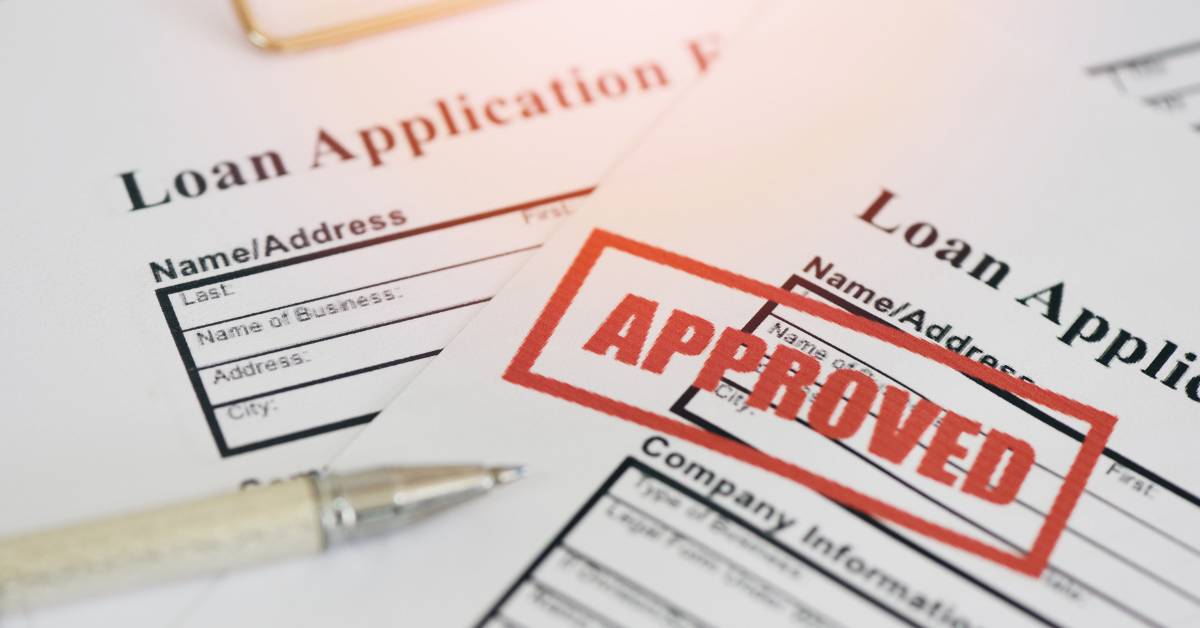We know what you’re thinking; “How much can I really get on a USDA loan to get the house of my dreams?”
Well, the answer isn’t straightforward, but it’s definitely more than you might expect!
In this article, we’ll dive into all the details about USDA loans and provide you with the information you need to make an informed decision about your home purchase.
Are you excited to make your dream home a reality? Then buckle up and keep reading to learn everything you need to know about USDA loan limits!
What is a USDA loan?
A USDA loan is a type of mortgage loan that’s offered by the United States Department of Agriculture (USDA) to help individuals and families purchase homes in rural areas. It aims to promote homeownership in areas that are not densely populated and to support the development of rural communities.
One of the main advantages of a USDA loan is that it offers 100% financing, meaning that you can purchase a home without having to put down any money for a down payment. Unlike the FHA loan that requires a 3.5% down payment—learn about their differences.
This can be particularly beneficial for first-time homebuyers who may not have the funds available for a down payment. Additionally, USDA loans typically come with lower interest rates and more flexible credit guidelines than traditional mortgage loans.
So if you’re considering purchasing a home in a rural area and meet the eligibility requirements, a USDA loan could be an excellent option for you.
Types of USDA Loans

Before discussing the loan limits, there are two main types of USDA loans available to you: the Guaranteed Loan Program and the Direct Loan Program.
Guaranteed Loan Program
This is the most common type of USDA loan and is designed for individuals with moderate incomes who are looking to purchase a home in a rural area.
This program is offered through private lenders, such as banks and credit unions, but is guaranteed by the USDA.
The guarantee means that if you default on the loan, the USDA will reimburse the lender for a portion of their losses.
Direct Loan Program
The Direct Loan Program, on the other hand, is intended for low-income borrowers who are unable to secure financing through other means.
This program is offered directly by the USDA and provides 100% financing for eligible borrowers. The interest rates for this type of loan are typically lower than those offered by private lenders.
Between the two, each type of USDA loan has its own eligibility requirements and application process. There is also the USDA construction loan if you prefer to buy land and build a home with one loan and monthly payment.
So, check each option thoroughly and determine which one is best suited for your individual needs and financial situation.
What Is the Maximum Purchase Price for a USDA Loan?
Now, to the maximum loan amount or purchase price for a USDA loan.
Officially, there is no set limit for USDA loans, but the amount you can borrow will depend on several factors including the type of USDA loan you choose. Similarly, the area your home is in may also impact the maximum amount a lender is willing to give you.
- For the Guaranteed Loan Program, the loan amount will be determined by your income and debt-to-income ratio, as well as the appraised value of the home you’re purchasing.
- For the Direct Loan Program, the loan amount will be based on your income and expenses, as well as the cost of the home you’re purchasing.
💡 Note: These are just general guidelines and your specific loan amount may vary depending on your circumstances. It’s always a good idea to speak with a USDA-approved local lender to get a better idea of how much you can borrow and what type of loan is best for your needs.
What Factors Affect the Maximum Loan Amount for a USDA Loan?

While there is no official loan limit, there are factors that lenders will consider when determining the maximum loan amount they are willing to offer you.
Here are some of the key factors they will consider.
Debt-to-income ratio (DTI)
If you’re considering a USDA loan, it’s important to understand how your debt-to-income (DTI) ratio can impact the amount you can borrow. The DTI ratio is a measure of your monthly debt payments compared to your monthly income.
Generally, lenders prefer borrowers to have a DTI ratio of 41% or less. Meaning, they will not want to give you a loan whose monthly payments will push your DTI above a level they are comfortable with.
However, in some cases, borrowers with a higher DTI ratio may still be eligible for a USDA loan if they have compensating factors like a strong credit score or significant savings.
Also, note that you cannot improve your DTI by increasing your income since that could render you ineligible for a USDA loan. The USDA has strict income limits.
Value of the property
The appraised value of a property is another key factor that can affect the maximum loan amount for a USDA loan. Lenders will not give you a loan that is higher than the value of the property.
So if the appraised value of the property is lower than expected, it may limit the amount you can borrow from a lender.
On the other hand, if the appraised value is higher than expected, you may be able to qualify for a larger loan amount.
Property Location
USDA loans are designed to help individuals purchase homes in rural areas. As such, the area where the property is located can also impact the maximum loan amount for a USDA loan.
The USDA has established area loan limits that vary depending on the location of the property. These limits are based on the median home prices in the area and are designed to ensure that borrowers are not taking out loans that are too large for their specific region.
If you pursue a direct loan, the general 2025 limit in most counties for a single-family home is $377,600. You can check the loan limit in your area here.
Note that, these limits can change each year with disparities in home prices and other economic factors. So, check with your local USDA-approved local lender to determine what the current area loan limits are for your specific location.
Frequently Asked Questions
What is the highest loan amount for USDA?
The maximum loan amount for a USDA loan depends on factors such as your debt-to-income ratio, the appraised value of the property, and the location of the property.
How much can you borrow with a USDA loan?
There is no set limit to how much you can borrow with a USDA loan. However, you will not be able to borrow a loan that is bigger than the value of the property you wish to buy.
Is a USDA loan hard to get?
The difficulty of obtaining a USDA loan depends on various factors such as your income, debt-to-income ratio, credit score, and the location and value of the property you want to purchase.
While certain eligibility requirements must be met, such as the property being located in a rural area, borrowers with moderate incomes below USDA income limits, and good credit scores may find it fairly easy to qualify for a USDA loan.
As with any type of loan, it’s best to speak with a USDA-approved local lender to determine if a USDA loan is right for your specific financial situation.
Can you get a USDA loan more than once?
Yes, it is possible to get a USDA loan more than once. However, there are certain restrictions and eligibility requirements that must be met.
For example, if you have an existing USDA loan, you may be eligible for a new one if you sell your current home and purchase a new one in a different rural area.
Additionally, if your current USDA loan is paid off or refinanced, you may be able to qualify for a new USDA loan.
Summary
Determining your eligibility for a USDA loan and how much is available to you per these factors can sometimes be a tedious process.
But that’s literally why we exist – to help you find the best loan options and achieve the goal of being the homeowner of your dream house.
So, give us a call! We can help you determine your eligibility for your first or even second USDA loan based on your unique circumstance.






